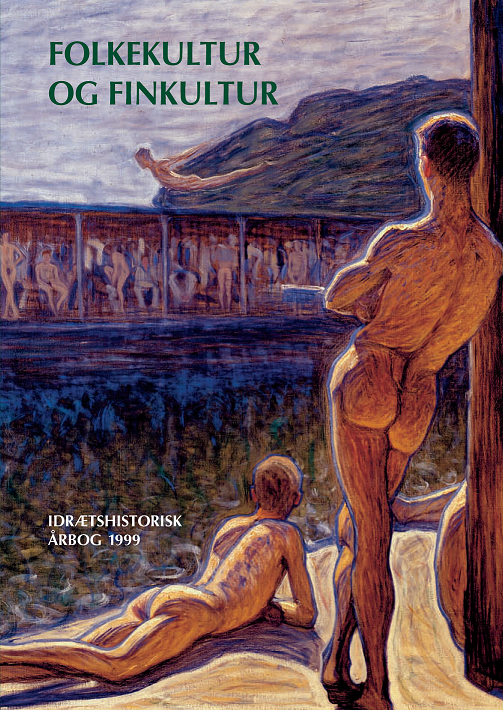Knivsberg. Den tysksindede befolknings Fest- og Turnplads i Sønderjylland ca. 1920-1945
DOI:
https://doi.org/10.7146/ffi.v15i0.31759Resumé
En skildring af turnbevægelsen, den tyske gymnastikbevægelse, i grænseområdet mellem Danmark og Tyskland i årene 1920-1945.
Knivsberg. The “Turn-” and Sports Park for the Pro-German Community in southern Jutland.
Not far from Aabenraa lies Knivsberg. This hilltop locality area is situated in Slesvig or southern Jutland, an area whose history is bound up with the unsettled relationship of the twin duchies of Slesvig and Holsten to the Danish and German states respectively. This complicated history is the reason for the presence of Danish and German minorities in this border region ever since the formation of nation states in the 19th century. Briefly stated, until 1864 Slesvig-Holsten was united under the Danish monarchy. In 1848 a liberation movement arose in the wake of The March Uprising against the Danish absolutist monarchy, and caused the Danish state to cede Slesvig-Holsten to Prussia in 1864. After a referendum in 1920, the present border between Denmark and Germany was established and from then on Knivsberg became a locality in Denmark. In the period after 1864, the “Turn”-Movement played an active role in establishing German ideology in Slesvig where Danish culture was strongest. The article examines the Pro-German community in northern Slesvig with special references to the Turn-Movement and to the Knivsbjerg Monument. It shows how the emergence of Nazism in Germany was regarded by the minority as a gratifying and natural development of the former victorious German empire, which, of course, included northern Slesvig

